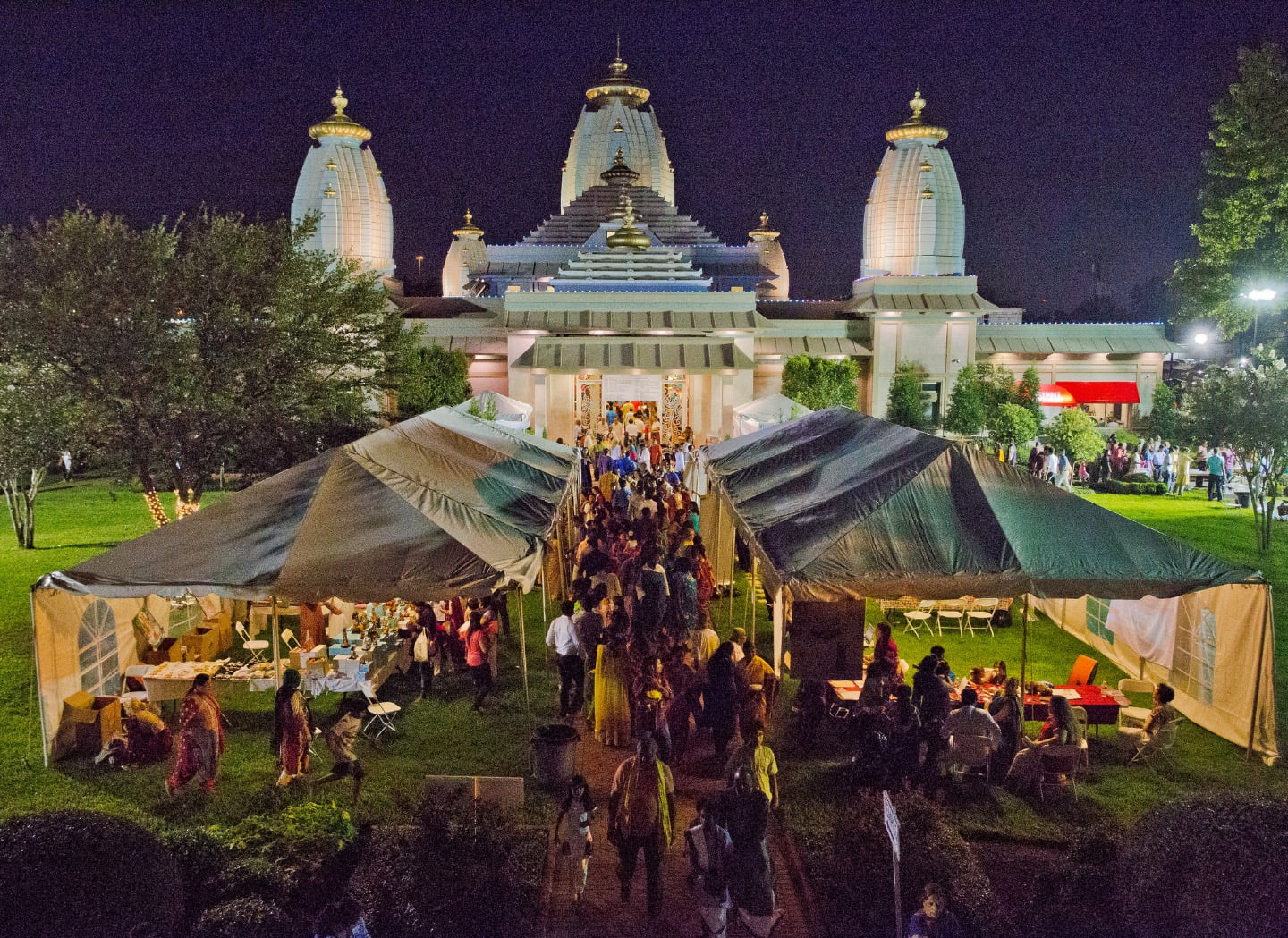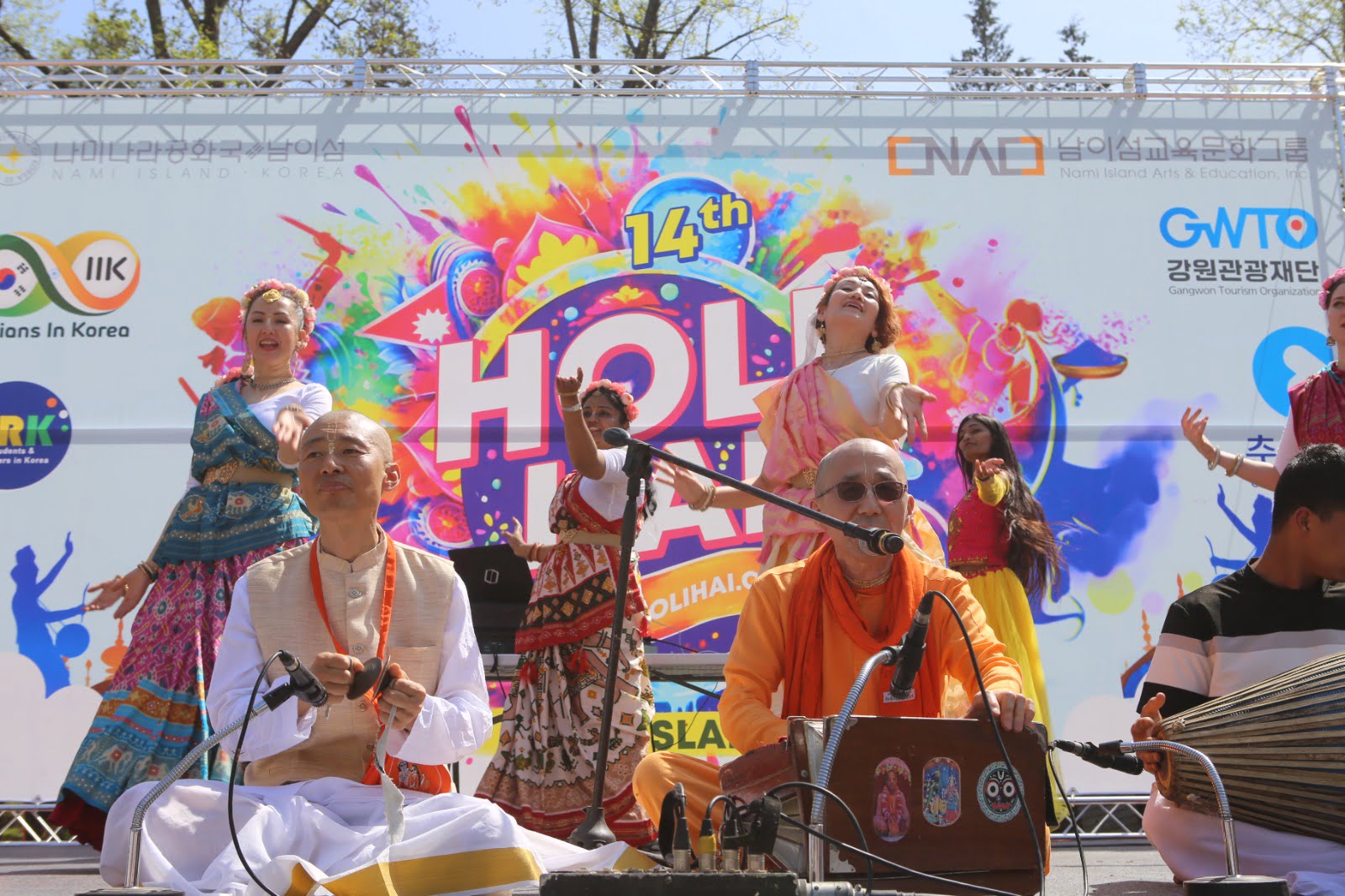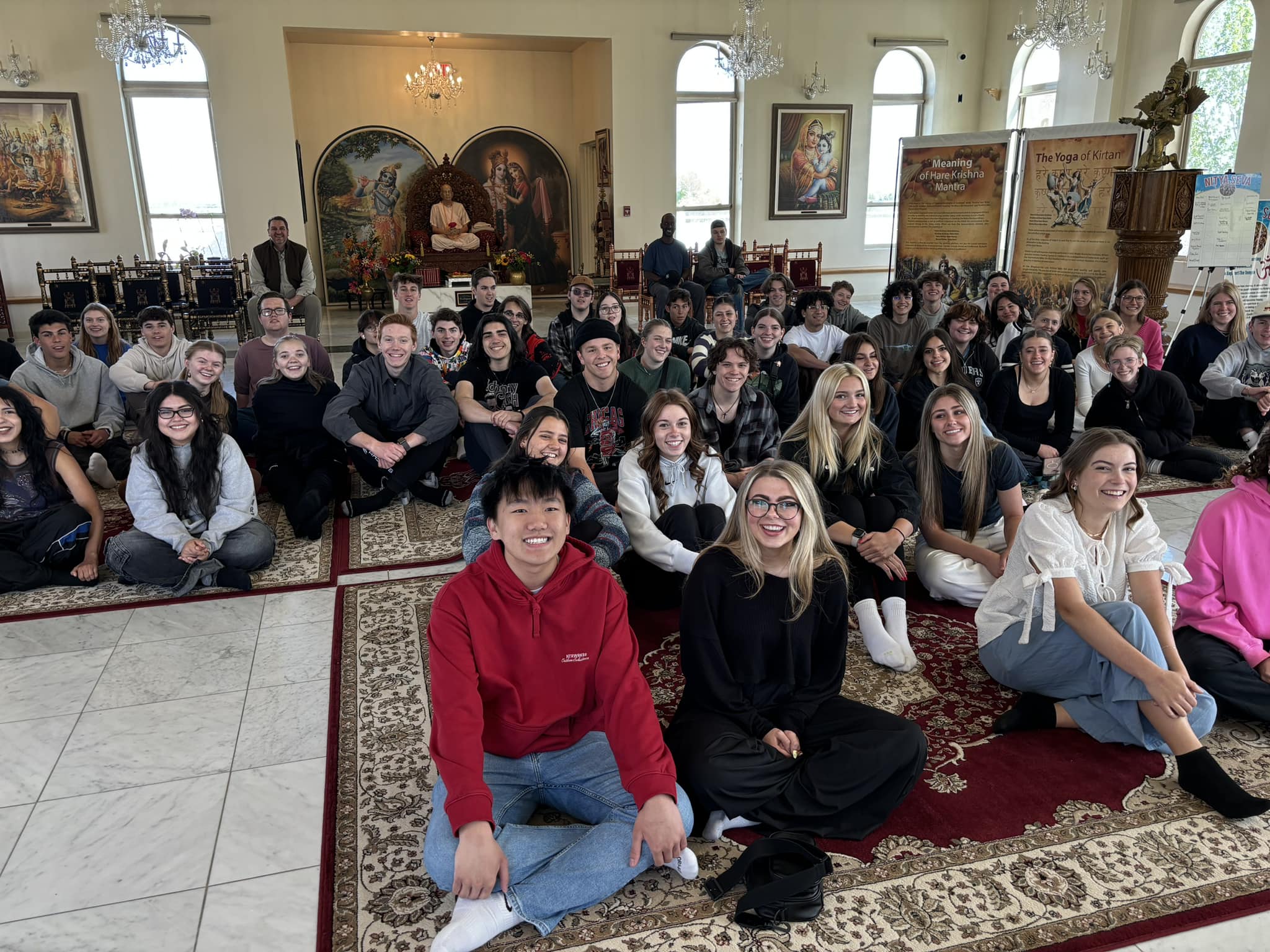Hard Times Are Jamming the Ashrams
By Sara Eckel | Jul 18, 2009

SHORTLY after Steven Odnoha lost his job at Intel, he drove three days from Rio Rancho, N.M., to the Himalayan Institute in Honesdale, Pa. For months, Mr. Odnoha had been wondering how he could get the time off to join a yearlong meditation program at the nonprofit yoga retreat. His pink slip, in September 2007, provided the answer.
“I figured if I stayed for a year, the economy would be warming up by then, and I could head back and see what’s available for a semiconductor manufacturing technician,” said Mr. Odnoha, 40, as he picked wild thyme from a small garden outside the institute’s kitchen.
Obviously, the economy didn’t cooperate, but Mr. Odnoha doesn’t mind. Now he spends his days on the Himalayan Institute’s 400-acre wooded campus, practicing hatha yoga and meditation, studying spiritual texts, biking, walking and preparing meals in the institute’s kitchen. In exchange for his cooking duties and an annual fee of $3,000, he gets a private room, three vegetarian meals a day and unlimited access to the institute’s classes, seminars and other events.
The Himalayan Institute is one of many retreats where cash-strapped spiritual seekers can participate in work-study programs in which they pay typically $300 to $900 a month in exchange for a few hours a day of service, like washing dishes, cleaning rooms or weeding gardens.
As the unemployment rate has risen and people have sought refuge from the harsh economy, these work-exchanges have become a hot commodity. The Himalayan Institute received twice as many applications for its summer work-study programs this year as last — its August session is full, with 22 people, compared with 11 last year — and so did two similar retreats, Tassajara Zen Mountain Center in Carmel Valley, Calif., and Satchidananda Ashram in Buckingham, Va. (which is better known as Yogaville).
The people who run these programs say there seems to be a link between the troubled job market and the rising popularity of yoga retreats. Todd Wolfenberg, director of marketing at the Himalayan Institute, said he has seen an increase in applications from recent college graduates and people with professional careers. “I suspect that is due to the fact that they haven’t been able to find a job after college or are leaving a job,” he said. The center has traditionally attracted people whose lives permit extended time off, like writers and entrepreneurs.
Yoga retreat programs can be as short as an overnight visit to Ananda Ashram in Monroe, N.Y., or can last for months or even years.
The long-term residencies usually begin with a monthlong foundational program in which participants commit to a full schedule of classes and meditation. At the Himalayan Institute’s 28-day self-transformation program, the day begins with a 6 a.m. meditation and continues with a full roster of hatha yoga classes, breathing and relaxation practicums and about four hours of light chores, like making beds and chopping vegetables. The program costs $825, and participants receive a private room and three vegetarian meals a day.
“It’s designed for individuals who are between jobs, on leave or sabbatical, or just burned out and have the ability to take time out,” Mr. Wolfenberg said.
On a recent Monday afternoon, 11 participants sat in the institute’s cafeteria chopping cucumbers, red peppers and Swiss chard for the next day’s lunch. Among those sitting side-by-side with bandanas worn headband- or kerchief-style, were a recent college graduate, a chef, the owner of a telecommunications company and the founder of a nongovernmental organization. While some were return visitors, several had never even taken a yoga class before.
“This is not my normal scene,” said Jeffrey Webb, 52, from Augusta, Ga., as he julienned a cucumber. Mr. Webb, who owns a wheel repair business, said he wanted to learn how to slow down. “I’m going all the time,” he said. “So this is an experiment in the alternative-lifestyle adventure.”
Across the table, Laurie Smith, a bartender and waitress from Naples, Fla., explained that she didn’t want to spend her vacation sitting in a beach chair. “I thought I might as well do something that isn’t just lying around and spending money,” said Ms. Smith, 36, who was taking a 10-day course.
“I might as well get something out of it.” Like her cohorts, Ms. Smith said she didn’t mind spending a substantial portion of her vacation chopping vegetables, washing dishes and making beds, pointing out that in a place dedicated to quiet contemplation, these simple tasks provide an easy outlet for conversation. “You’re not interrupting someone’s quiet time,” she said. “You don’t always want to be alone, so you can do the work and hang out at the same time.”
Yehnemsah Oneha, work-study coordinator at Ananda Ashram, says that while cost-cutting and ice-breaking are nice benefits, the true purpose of these work exchanges, sometimes known as karma yoga, is to foster selflessness and good will. “It helps circulate the energy,” she said. “You’re doing it for someone else’s comfort and welfare.”
Ananda plays host to everyone. Weekenders from New York City, who pay full price and come to the ashram for its rolling hills, small pond, deer and geese so unafraid of people they will brush right by guests, circulate among long-term residents, who take unpaid staff positions in exchange for room, board, and unlimited classes in hatha yoga, chanting and Sanskrit. There’s also a pool.
“This is my New York getaway,” said Erin Laubenheimer, a Brooklyn resident, while washing dishes in Ananda’s kitchen. Ms. Laubenheimer, 27, who was laid off from her job in the fashion industry, says the reduced rate she receives in exchange for three hours a day of service makes her short visits affordable. “It’s a great place to get a new start or to heal,” she said.
But Ananda is not a spa. Like the rooms at the Himalayan Institute, the rooms at Ananda are clean but spare — it’s a dormitory, not Canyon Ranch — and work-study guests usually share a room with several other people for a fee in a range of $40 for a weekend day to $425 for a month.
Ms. Oneha says that the ashram’s monthlong immersion program is intended for deep spiritual study and contemplation, not hiding out from the world. “If you’re applying because you can’t deal with life, that’s not a good motivation,” she said.
For this reason, Ms. Oneha doesn’t recommend it for those seeking a cheap refuge. She points out that even those who take full-time jobs at the ashram — and thus can stay there free — quickly realize that karma yoga won’t pay their car insurance or credit-card debt. Savings are essential.
Committing to an unpaid life baking bread and planting trees, however idyllic it might sound in the abstract, can also raise identity issues.
Alisa Phillips, 41, has worked as a yoga therapist, documentary filmmaker and belly dancer, among other things. She is now Ananda’s dining room coordinator. “When I came for the weekend and was doing a lot of dishes, I felt like I was making a righteous contribution,” she said. “When I’m living here and it’s my job, it’s like, ‘Who am I now that I’ve become a dishwasher?’ ”
This is a sentiment Mr. Odnoha understands, but for now he feels content. As he prepares a mixture of dates and buckwheat for the next morning’s breakfast, he says he feels satisfied that his work, however indirectly, is helping the Himalayan Institute’s mission of providing humanitarian aid to poor communities in Africa and India.
“At Intel, I was helping the owner get a new yacht,” he said. “Here. I’m part of something that actually makes a difference.”














